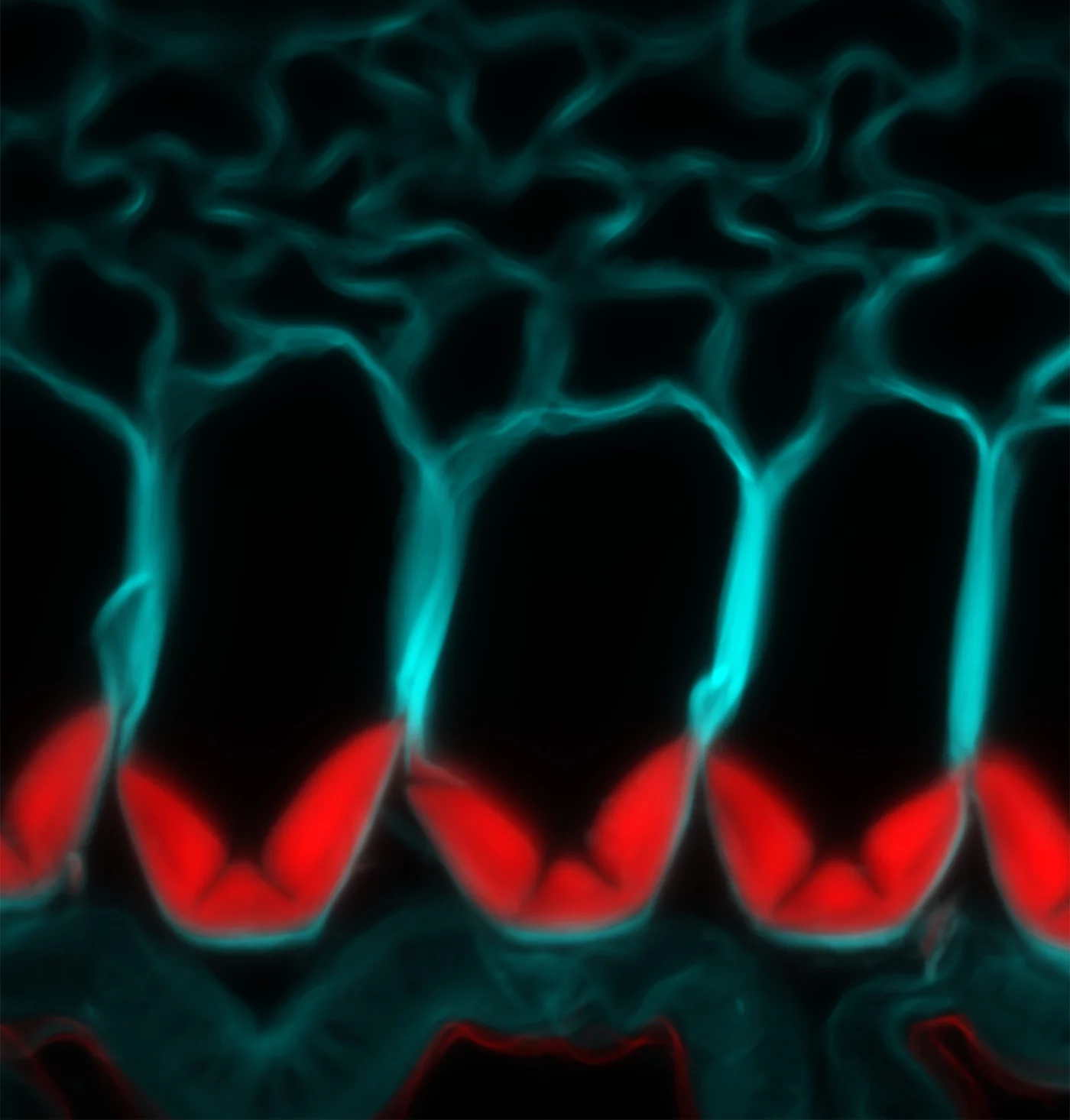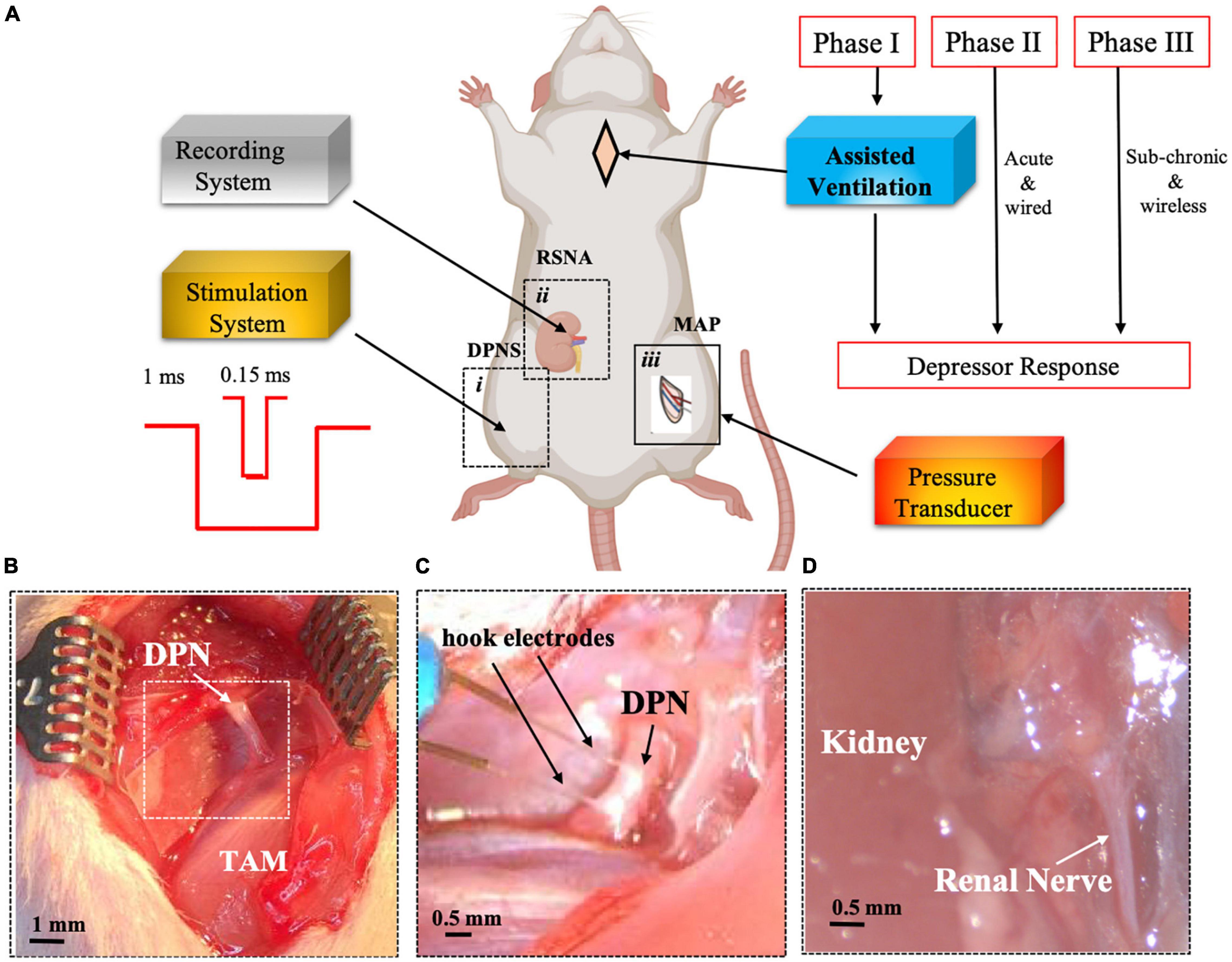神経性食欲不振症患者の灰白質に明らかな違いがあることを明らかにし、早期治療介入の重要性を指摘する新知見を得た。 New findings highlight clear differences in grey matter for people with anorexia nervosa and point to the importance of early treatment interventions.
2022-06-07 バース大学
 The new study from Dr Esther Walton drew on nearly 2,000 pre-existing brain scans, including of people with anorexia. Image credit: AdobeStock.
The new study from Dr Esther Walton drew on nearly 2,000 pre-existing brain scans, including of people with anorexia. Image credit: AdobeStock.
拒食症は、生物学的要因は広く認識されていますが、なぜ拒食症になる人とならない人がいるのか、その理由はまだほとんど分かっていません。この新しい発見は、世界中の患者から採取した脳スキャンの広範な分析に基づいており、『Biological Psychiatry』誌に掲載されています。
食欲不振の患者は、皮質の厚さ、皮質下体積、皮質表面積という脳の3つの重要な指標において「著しい減少」を示していることが明らかになったのである。脳の大きさの減少は、脳細胞やその間のつながりの喪失を意味すると考えられているため、重要である。
今回の結果は、脳の構造的変化と摂食障害との関連を示す、これまでで最も明確なものである。研究チームによれば、拒食症に関する今回の研究の効果の大きさは、これまでに調査された精神疾患の中で最大であるとのことである。
拒食症の患者は、うつ病、ADHD、強迫性障害などの患者と比較して、脳のサイズと形が2倍から4倍に縮小していたのである。拒食症で観察された脳の大きさの変化は、人々の体格指数(BMI)の減少に起因している可能性がある。
<関連情報>
- https://www.bath.ac.uk/announcements/largest-study-to-date-reveals-stark-changes-in-brain-structure-for-people-with-anorexia/
- https://www.sciencedirect.com/science/article/abs/pii/S0006322322012902?via%3Dihub
神経性食欲不振症の急性低体重者と部分的な体重回復者の脳構造-ENIGMA摂食障害ワーキンググループによる協調的な解析 Brain Structure in Acutely Underweight and Partially Weight-Restored Individuals with Anorexia Nervosa – A Coordinated Analysis by the ENIGMA Eating Disorders Working Group
Esther Walton,Fabio Bernardoni,Victoria-Luise Batury,Klaas Bahnsen,Sara Larivière,Giovanni Abbate-Daga,Susana Andres,Lasse Bang,Amanda Bischoff-Grethe,Samantha J.Brooks,Iain C.Campbell,Giammarco Cascino,Josefina Castro-Fornieles, EnricoC ollantoni, Federico D’AgataP,Brigitte Dahmen,Unna N.Danner,Angela Favaro, Jamie D.Feusner,Guido KW.Frank,Hans-Christoph Friederich,John L.Graner,BeateHerpertz-Dahlmann,AndreasHess,StefanieHorndasch,Allan S.Kaplan, Lisa-Katrin Kaufmann,Walter H.Kaye,Sahib S.Khalsa, Kevin S.LaBar,Luca Lavagnino,LuisaLazaro, Renzo Manara,Amy E.Miles,Gabriella F.Milos,Maria Monteleone Alessio, Palmiero Monteleone,Benson Mwangi,Owen O’Daly,Jose Pariente,Julie Roesch,Ulrike H.Schmidt, Jochen Seitz,Megan E.Shott,Joe J.Simon,Paul A.M.Smeets,Christian K.Tamnes,Elena Tenconi,Sophia I.Thomopoulos,Annemarie A.van Elburg, Aristotle N.Voineskos, Georg G.von Polier,Christina E.Wierenga,Nancy L.Zucker,Neda Jahanshad,Joseph A.King,Paul M.Thompson,Laura A.Berner,StefanEhrlich
Journal Biological Psychiatry Published:31 May 2022
DOI:https://doi.org/10.1016/j.biopsych.2022.04.022
Abstract
Background
The pattern of structural brain abnormalities in anorexia nervosa (AN) is still not well understood. While several studies report substantial deficits in grey matter volume and cortical thickness in acutely underweight patients, others find no differences, or even increases in patients compared with healthy controls. Recent weight regain before scanning may explain some of this heterogeneity. To clarify the extent, magnitude, and dependencies of grey matter changes in AN, we conducted a prospective, coordinated meta-analysis of multicenter neuroimaging data.
Methods
We analyzed T1-weighted structural MRI scans assessed with standardized methods from 685 female AN patients and 963 female healthy controls across 22 sites worldwide. In addition to a case-control comparison, we conducted a three-group analysis comparing healthy controls to acutely underweight AN patients (n = 466), and to those in treatment and partially weight-restored (n = 251).
Results
In AN, reductions in cortical thickness, subcortical volumes, and, to a lesser extent, cortical surface area, were sizable (Cohen’s d up to 0.95), widespread and co-localized with hub regions. Highlighting the effects of undernutrition, these deficits associated with lower BMI in the AN sample and were less pronounced in partially weight-restored patients.
Conclusion
The effect sizes observed for cortical thickness deficits in acute AN are the largest of any psychiatric disorder investigated in the ENIGMA consortium to date. These results confirm the importance of considering weight loss and renutrition in biomedical research on AN and underscore the importance of treatment engagement to prevent potentially long-lasting structural brain changes in this population.


